Home>Gardening & Outdoor>Plant Care & Gardening Tips>When To Cut Back Mums
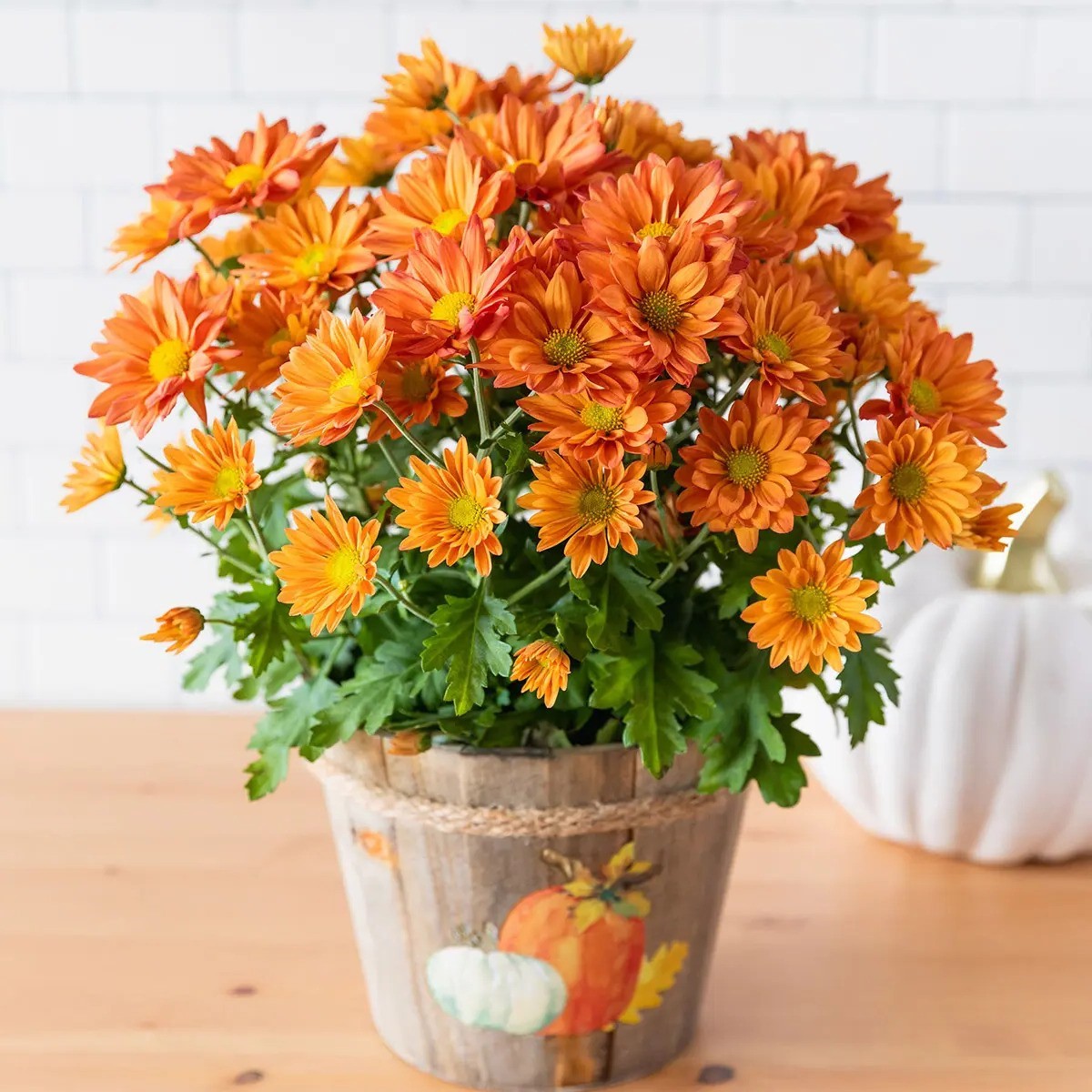

Plant Care & Gardening Tips
When To Cut Back Mums
Modified: April 22, 2024
Learn when and how to cut back mums for optimal plant care and gardening success. Discover expert tips and techniques for maintaining healthy and vibrant mums.
(Many of the links in this article redirect to a specific reviewed product. Your purchase of these products through affiliate links helps to generate commission for Storables.com, at no extra cost. Learn more)
Introduction
Mums, also known as chrysanthemums, are beloved for their vibrant blooms and ability to thrive in various climates. These resilient perennials are a staple in many gardens, adding a burst of color and charm to the landscape. While mums are relatively low-maintenance, knowing when and how to cut them back is essential for promoting healthy growth and ensuring a stunning display of flowers in the following season.
Understanding the optimal timing for pruning mums is crucial for their overall well-being. By learning the best practices for cutting back mums, gardeners can encourage robust growth and abundant blooms. This article will delve into the ideal time to trim mums, the proper techniques for doing so, and the numerous benefits that come with this essential gardening task. Whether you're a seasoned gardener or just starting out, mastering the art of cutting back mums will undoubtedly elevate your gardening prowess and enhance the beauty of your outdoor space.
Key Takeaways:
- Pruning mums in late spring or early summer promotes vibrant blooms in the fall, ensuring healthy growth and a stunning floral display.
- Trimming mums enhances air circulation, stimulates growth, and extends the blooming period, fostering a flourishing garden adorned with vibrant perennials.
Read more: How To Cut Back Mums In The Spring
Best Time to Cut Back Mums
The best time to cut back mums is in the late spring or early summer, typically around mid-June. This timing allows the plants to establish strong, healthy growth before the arrival of colder weather. By trimming the mums during this period, gardeners can encourage bushier and more compact growth, which ultimately leads to an abundance of blooms in the fall.
It's important to note that cutting back mums too late in the season can hinder their ability to develop sturdy stems and robust foliage. Conversely, pruning them too early may result in a delay in flowering. Therefore, mid-June serves as the optimal window for this essential task, striking the perfect balance between promoting vigorous growth and ensuring a bountiful display of flowers in the upcoming season.
In regions with milder climates, where the threat of frost is less imminent, gardeners may have some flexibility in the timing of mum pruning. However, for areas with harsher winters, adhering to the recommended timeframe is crucial for the plants' long-term health and vitality.
By aligning the cutting-back process with the natural growth cycle of mums, gardeners can set the stage for a spectacular autumn showcase of vibrant blooms. This strategic approach to pruning not only enhances the plants' aesthetic appeal but also fosters their resilience and longevity, ensuring years of stunning floral displays in the garden.
How to Cut Back Mums
Trimming mums is a straightforward yet crucial task that requires precision and care to ensure the plants' optimal health and future blooming potential. Here's a step-by-step guide on how to cut back mums effectively:
-
Assess the Growth: Before initiating the pruning process, carefully examine the mums' growth. Identify any dead or damaged stems, as well as areas of overcrowding or excessive branching. This initial assessment will guide your pruning strategy and help you determine the extent of trimming required.
-
Prepare the Tools: Equip yourself with sharp, clean pruning shears or scissors. It's essential to use well-maintained tools to make clean cuts, minimizing the risk of damaging the plants. Sterilize the blades with rubbing alcohol to prevent the spread of diseases between plants.
-
Identify the Nodes: Locate the nodes on the stems, which are the points from which new growth emerges. These nodes are crucial for encouraging branching and promoting a fuller, more robust plant structure.
-
Determine the Height: Decide on the desired height for the mums. Typically, cutting back mums to a height of 6 to 8 inches is recommended. This height allows for ample regrowth while maintaining the plants' overall shape and vigor.
-
Execute the Cuts: With precision, trim the stems just above a set of healthy, outward-facing nodes. Make clean, angled cuts to facilitate water runoff and prevent water from pooling on the freshly pruned areas. Remove any dead or weak stems, as well as those that appear overcrowded or tangled.
-
Dispose of Debris: After pruning, promptly remove the trimmed foliage and stems from the garden area. Proper disposal of plant debris helps prevent the spread of pests and diseases, maintaining a healthy environment for the mums to thrive.
-
Water and Mulch: Following the pruning process, provide the mums with a thorough watering to support their recovery and stimulate new growth. Applying a layer of organic mulch around the base of the plants helps retain moisture and regulates soil temperature, further promoting their overall well-being.
By following these steps, gardeners can effectively cut back mums, setting the stage for vigorous regrowth and a stunning display of blooms in the upcoming season. This meticulous approach to pruning not only enhances the plants' aesthetic appeal but also fosters their resilience and longevity, ensuring years of vibrant floral showcases in the garden.
Cut back mums in early spring to promote new growth and improve the plant’s overall shape. Use clean, sharp pruners to remove dead or damaged stems, and trim back the plant by about half its height. This will encourage a bushier, healthier plant with more blooms in the fall.
Benefits of Cutting Back Mums
Trimming back mums offers a myriad of benefits that contribute to the overall health, appearance, and longevity of these beloved garden perennials. By embracing this essential gardening practice, enthusiasts can unlock the following advantages:
-
Enhanced Air Circulation: Pruning mums promotes better air circulation within the plant, reducing the risk of fungal diseases and mildew. By removing overcrowded and tangled stems, gardeners create an environment that allows air to flow freely through the foliage, mitigating the likelihood of moisture-related issues that can compromise the plants' health.
-
Stimulated Growth: Cutting back mums encourages vigorous regrowth and branching. By strategically trimming the plants, gardeners prompt the development of new shoots and buds, leading to a fuller and more robust appearance. This rejuvenated growth not only enhances the mums' aesthetic appeal but also contributes to their overall resilience and vitality.
-
Optimized Flowering: Pruning mums at the appropriate time and to the ideal height sets the stage for a spectacular display of blooms in the upcoming season. By promoting bushier growth and stronger stems, gardeners can expect an abundance of vibrant flowers that elevate the visual allure of their outdoor space. This enhanced flowering potential is a testament to the positive impact of cutting back mums on the plants' overall performance.
-
Extended Blooming Period: Properly pruned mums often exhibit an extended blooming period, delighting gardeners with a prolonged showcase of colorful blossoms. By fostering healthy growth through strategic pruning, enthusiasts can enjoy an extended flowering season, maximizing the visual impact and enjoyment derived from these charming perennials.
-
Improved Plant Health: Regularly cutting back mums contributes to their overall well-being by removing dead or diseased stems and promoting the development of strong, healthy foliage. This proactive approach to plant care minimizes the risk of pest infestations and diseases, fostering an environment conducive to the mums' long-term health and vitality.
-
Aesthetic Appeal: Perhaps most notably, the benefits of cutting back mums culminate in an enhanced aesthetic appeal. Well-pruned mums boast a tidy, compact appearance, accentuated by an abundance of vibrant blooms. This visual splendor not only elevates the garden's allure but also brings a sense of joy and satisfaction to the gardener, reaffirming the rewards of dedicated plant care.
In essence, the act of cutting back mums transcends mere maintenance; it is a transformative practice that nurtures the plants' growth, resilience, and beauty. By embracing the numerous benefits of pruning, gardeners can cultivate a flourishing garden adorned with healthy, vibrant mums, enriching their outdoor sanctuary with nature's splendor.
Conclusion
In conclusion, mastering the art of cutting back mums is a pivotal aspect of successful gardening, offering a multitude of benefits that extend far beyond mere maintenance. By understanding the optimal timing and techniques for pruning mums, gardeners can foster robust growth, vibrant blooms, and overall plant resilience. The strategic act of trimming mums at the right time, typically in late spring or early summer, sets the stage for a stunning floral display in the upcoming season. This timing allows the plants to establish strong, healthy growth, ensuring a bountiful showcase of colorful blossoms in the fall.
The process of cutting back mums involves careful assessment, precise cuts, and thoughtful disposal of debris, all of which contribute to the plants' well-being and long-term vitality. By removing dead or damaged stems, promoting air circulation, and stimulating vigorous regrowth, gardeners can elevate the aesthetic appeal of their outdoor space while fostering a healthy environment for the mums to thrive.
Furthermore, the benefits of cutting back mums extend to an extended blooming period, improved plant health, and an overall enhancement of the garden's visual allure. The act of pruning mums transcends routine maintenance, evolving into a transformative practice that nurtures the plants' growth, resilience, and beauty. This meticulous approach to plant care not only enriches the outdoor sanctuary with nature's splendor but also brings a sense of joy and satisfaction to the dedicated gardener.
As gardeners embrace the art of cutting back mums, they become stewards of flourishing gardens adorned with healthy, vibrant perennials. The act of pruning becomes a harmonious collaboration between the gardener and nature, resulting in a symphony of color, fragrance, and vitality that enriches the outdoor space and uplifts the spirit. Ultimately, the practice of cutting back mums embodies the essence of nurturing and cultivating life, fostering a deep connection with the natural world and reaping the rewards of dedicated plant care.
In essence, cutting back mums is not merely a horticultural task; it is an art form that celebrates the resilience, beauty, and transformative power of nature. By embracing this essential gardening practice, enthusiasts embark on a journey of nurturing and growth, creating a vibrant tapestry of floral splendor that enriches the garden and the soul.
Frequently Asked Questions about When To Cut Back Mums
Was this page helpful?
At Storables.com, we guarantee accurate and reliable information. Our content, validated by Expert Board Contributors, is crafted following stringent Editorial Policies. We're committed to providing you with well-researched, expert-backed insights for all your informational needs.
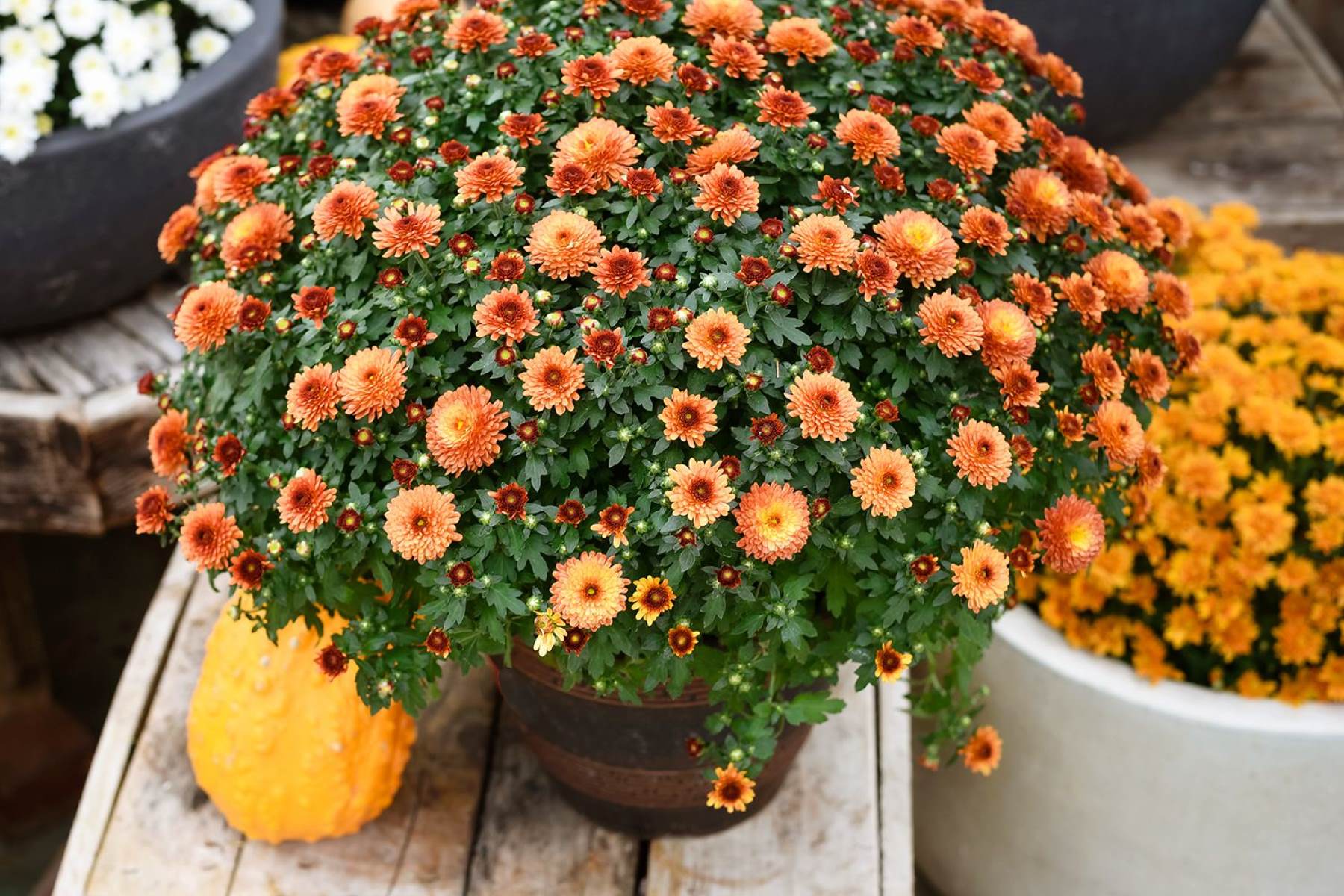
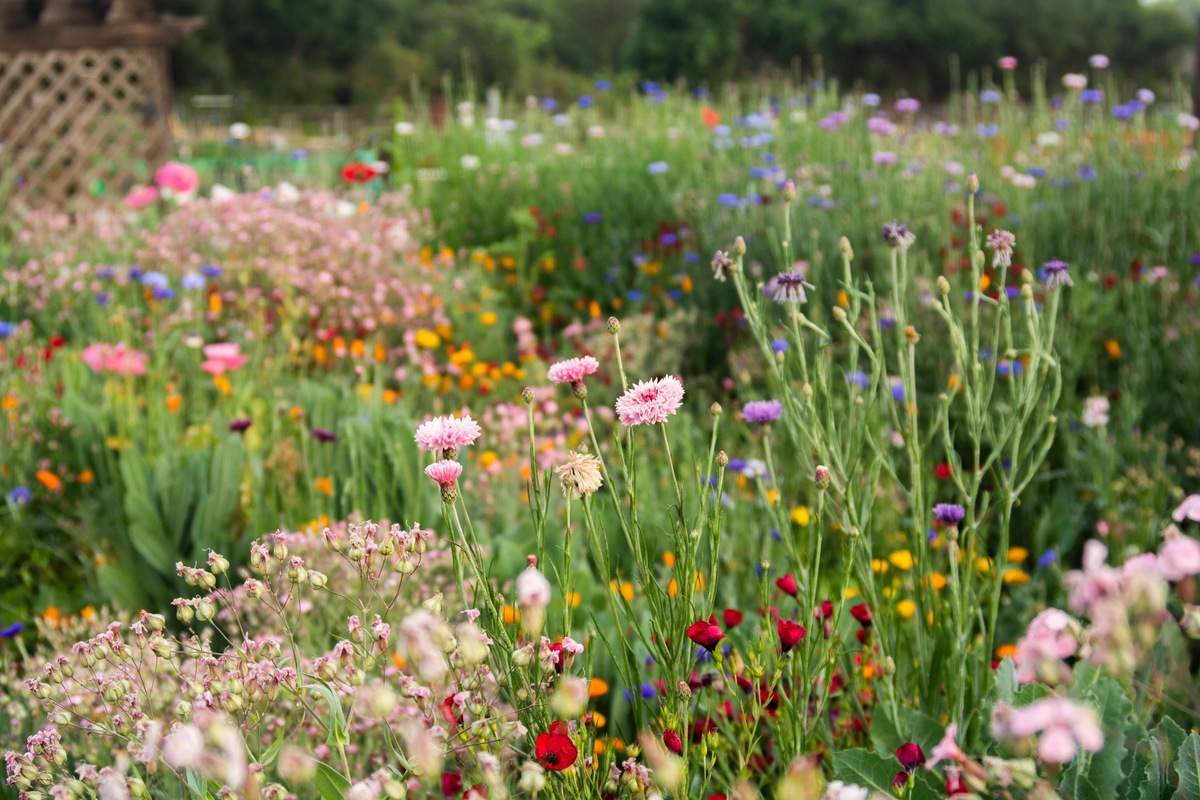
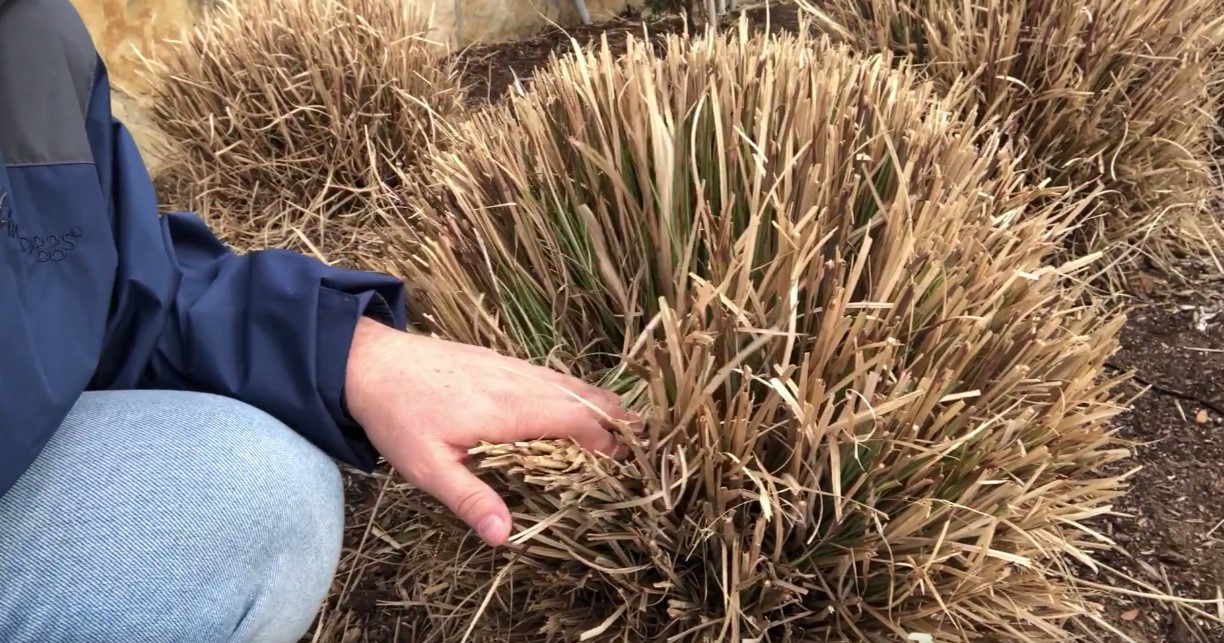
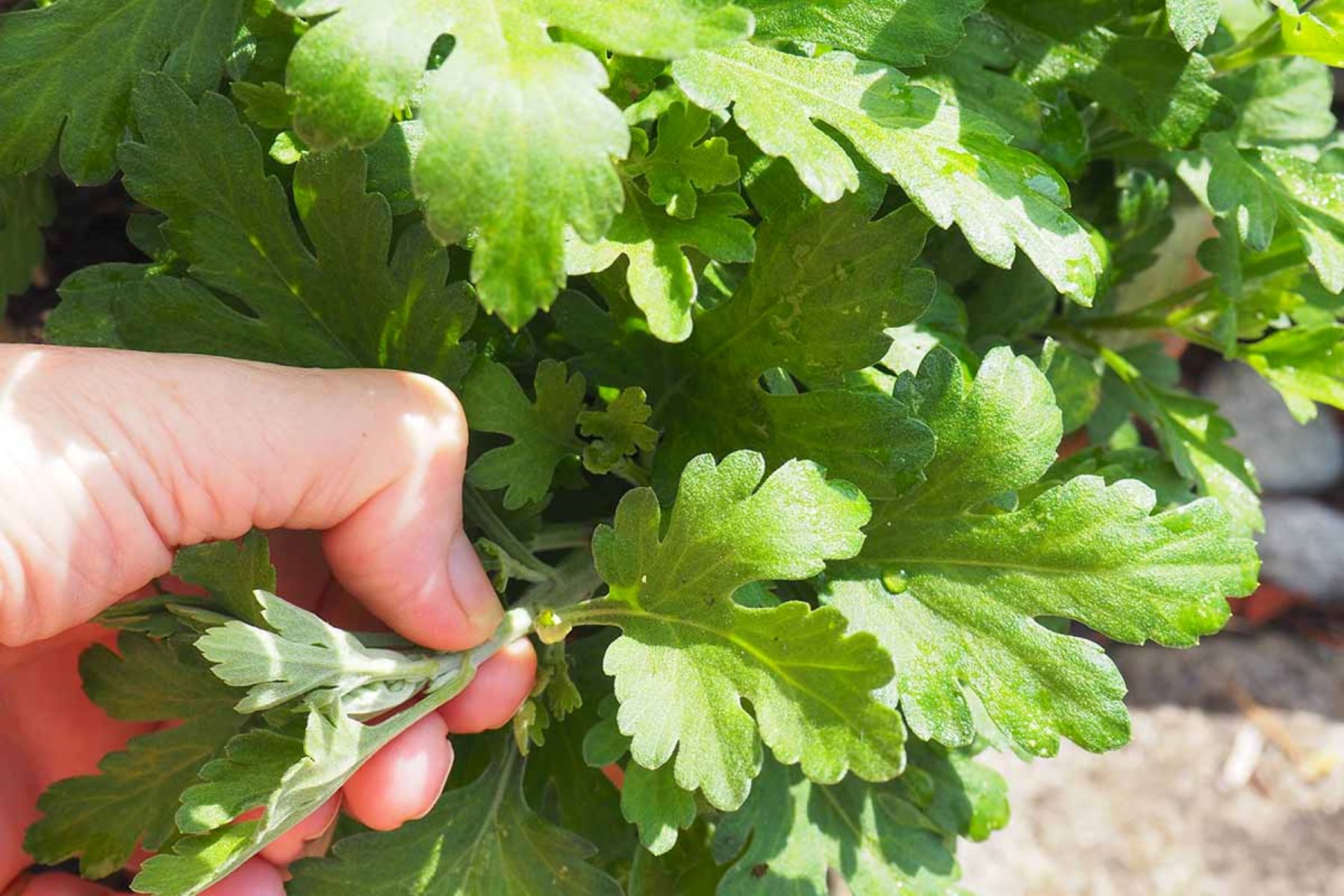
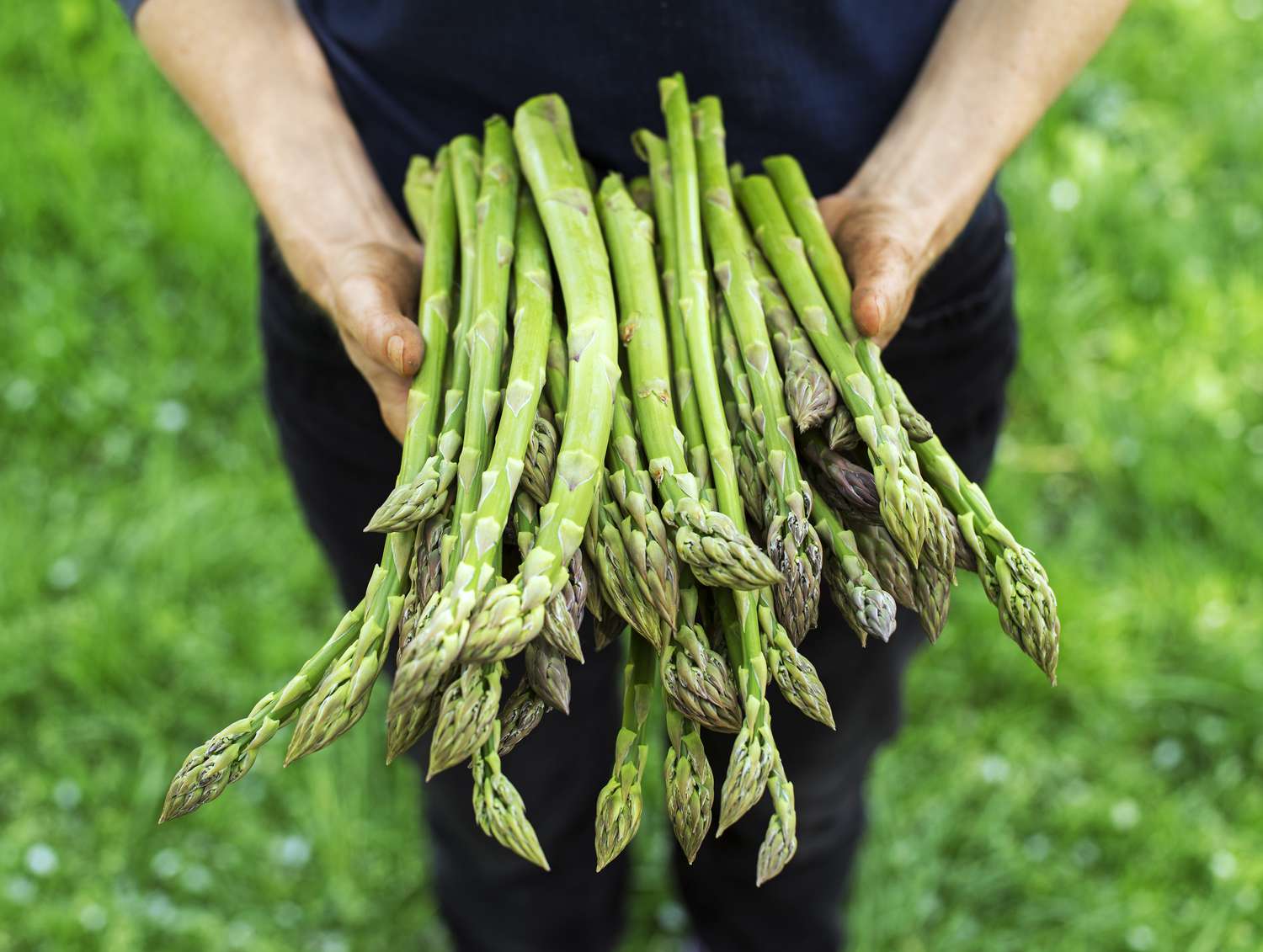
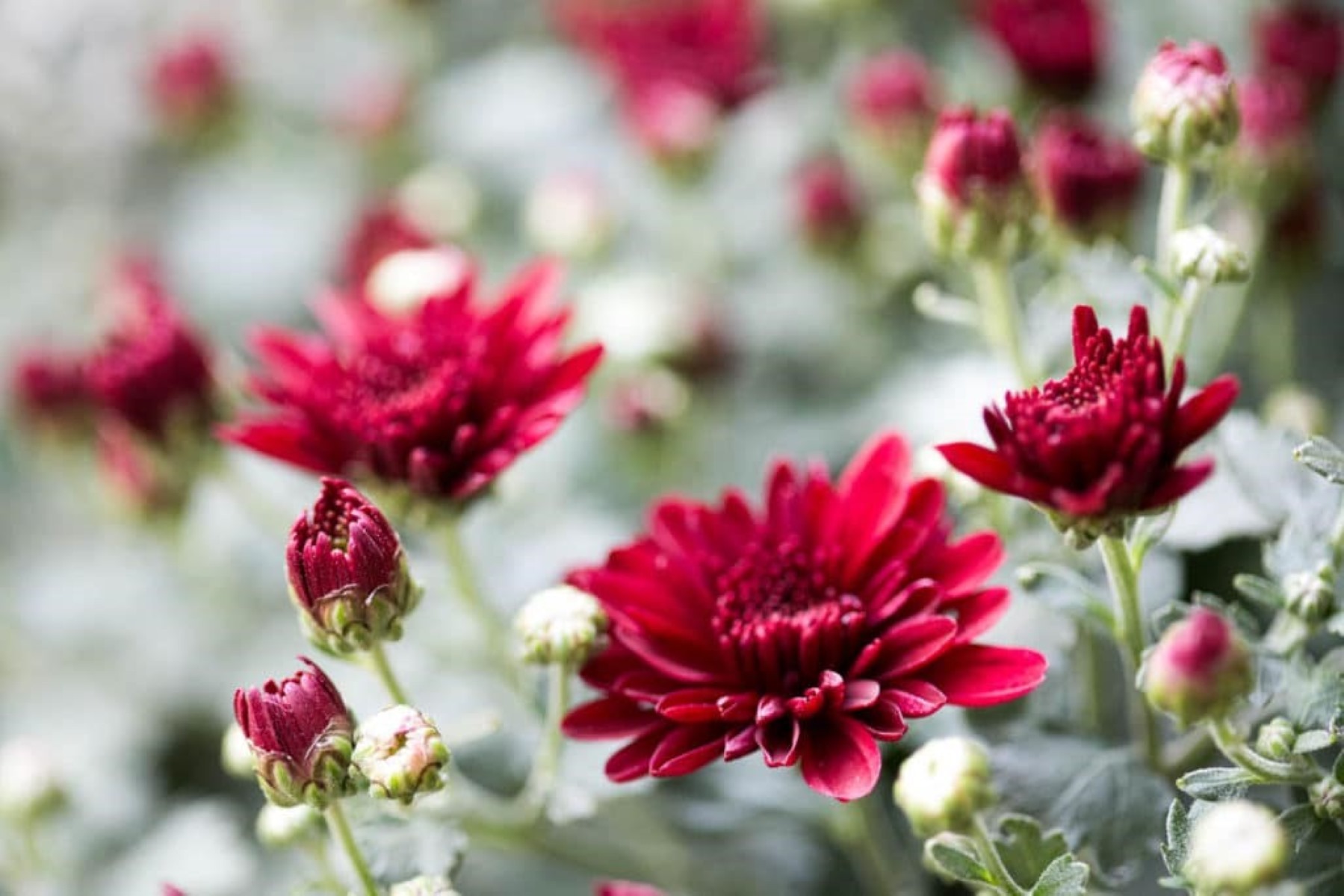

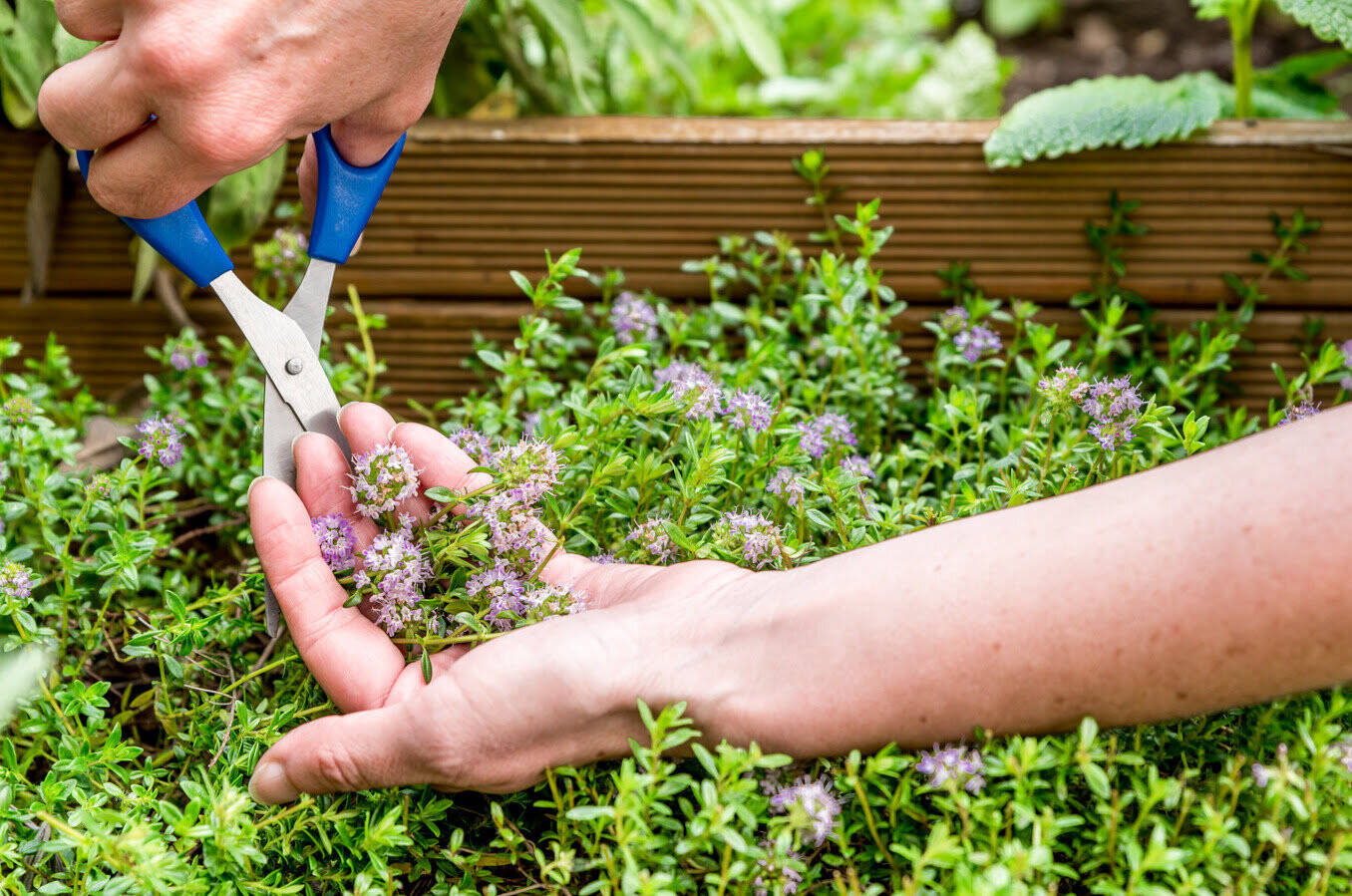
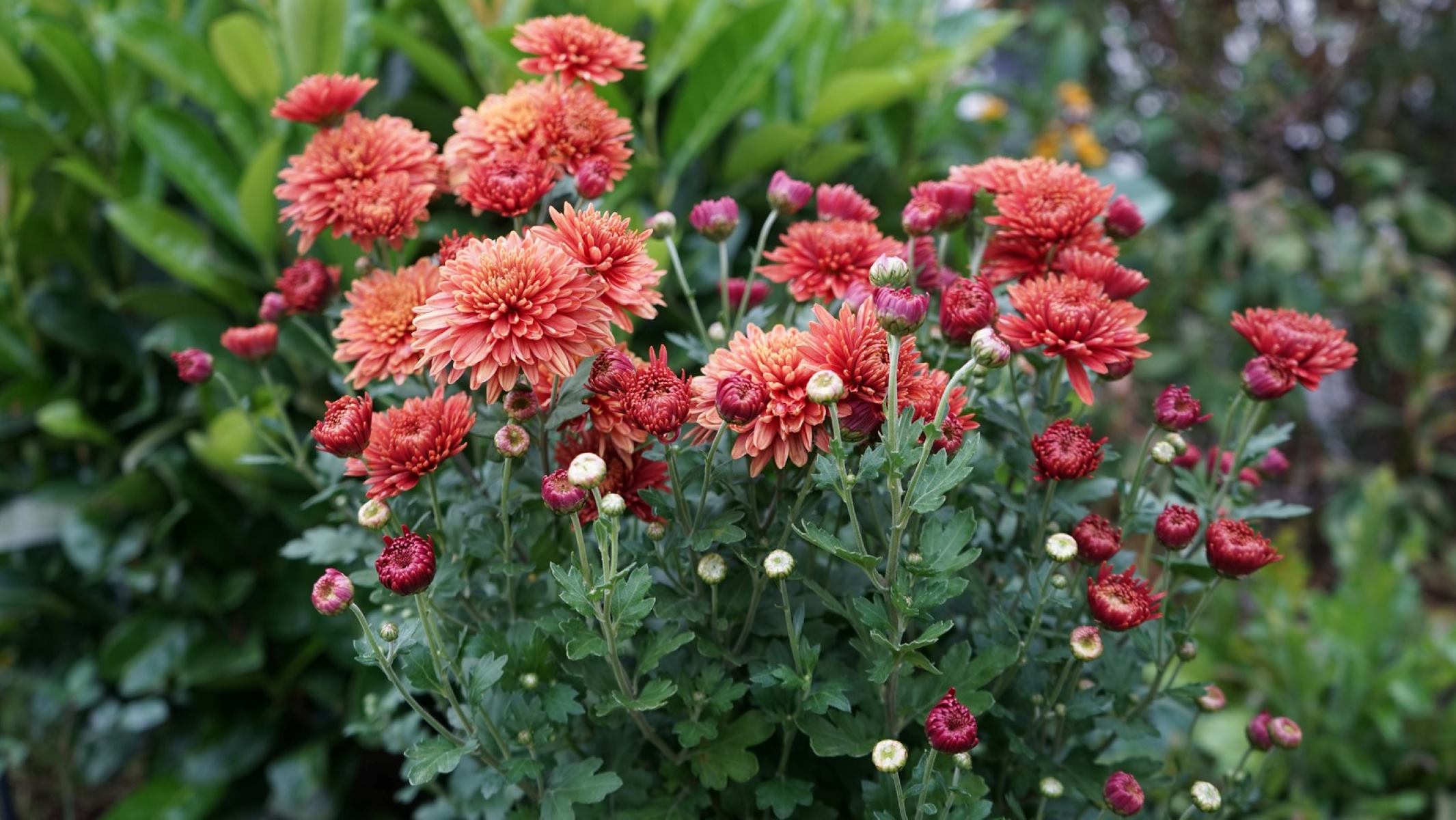

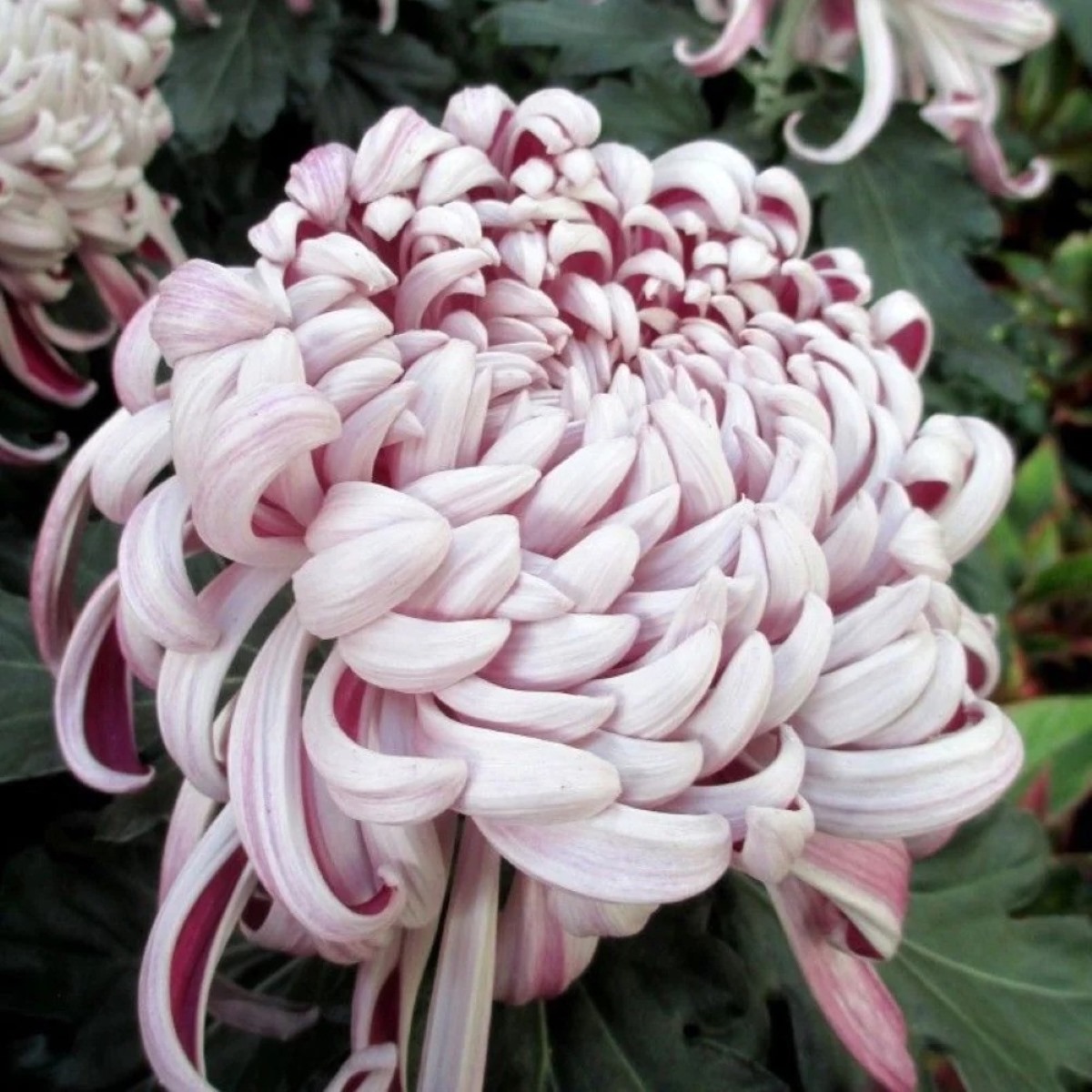
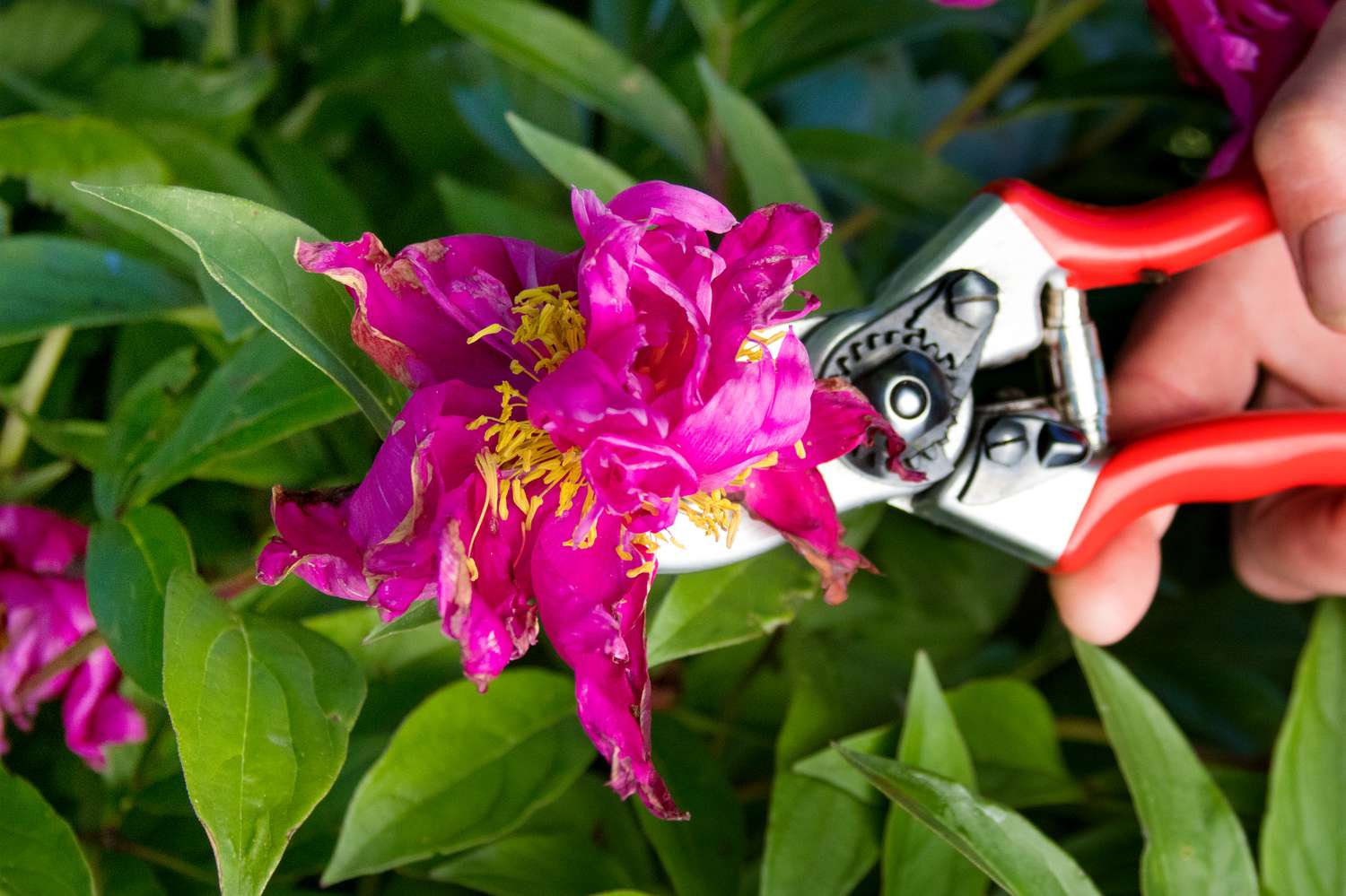
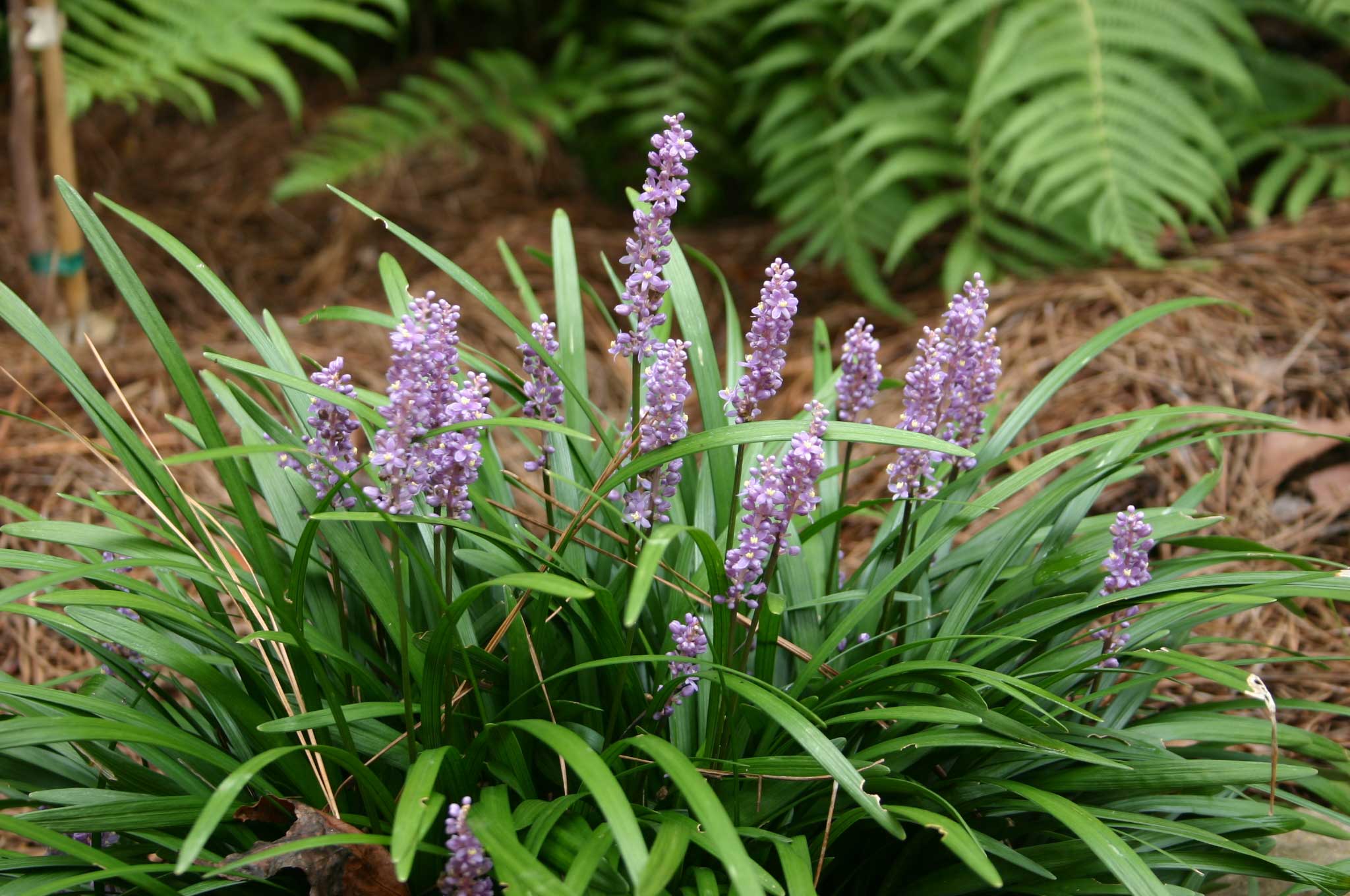
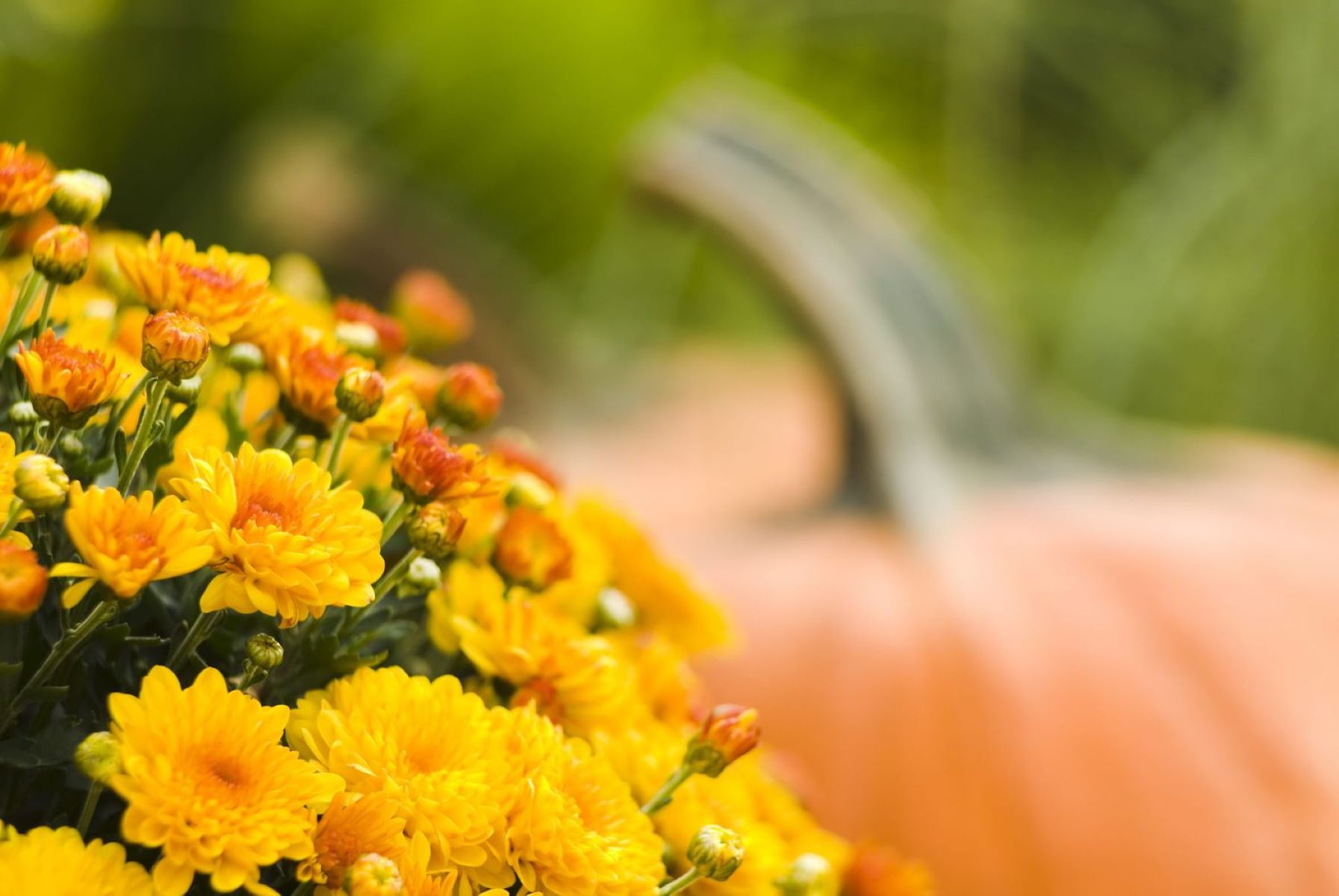
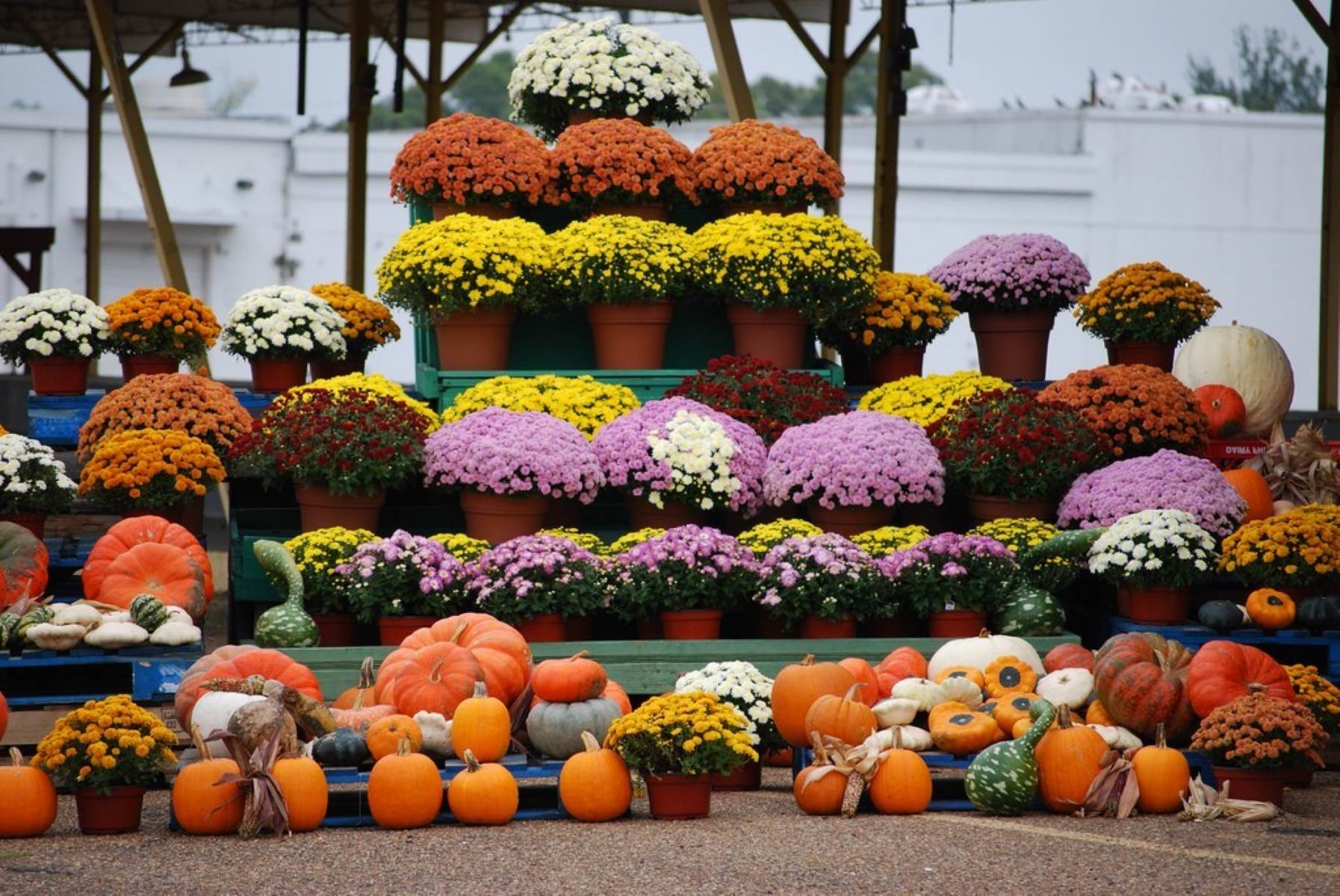

0 thoughts on “When To Cut Back Mums”